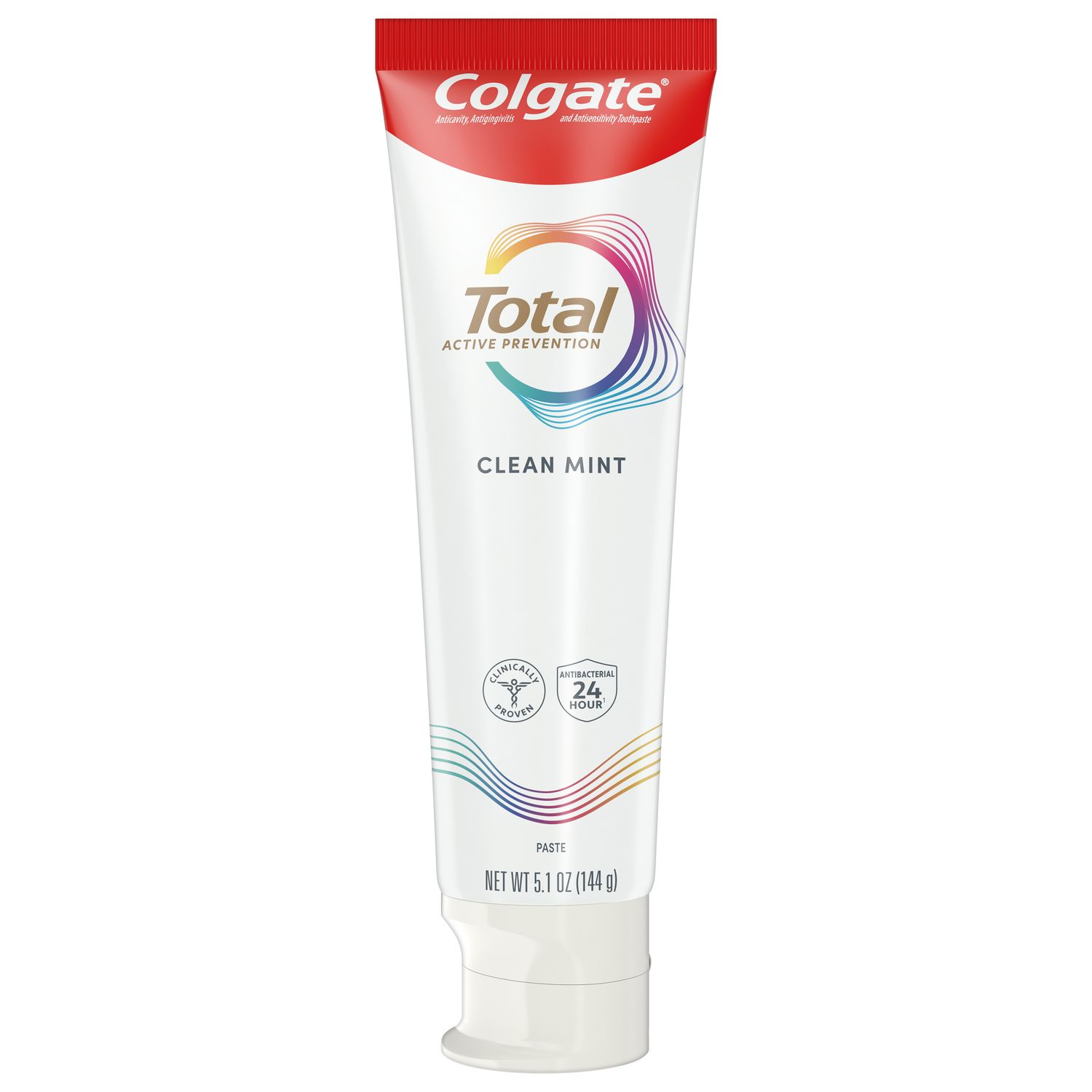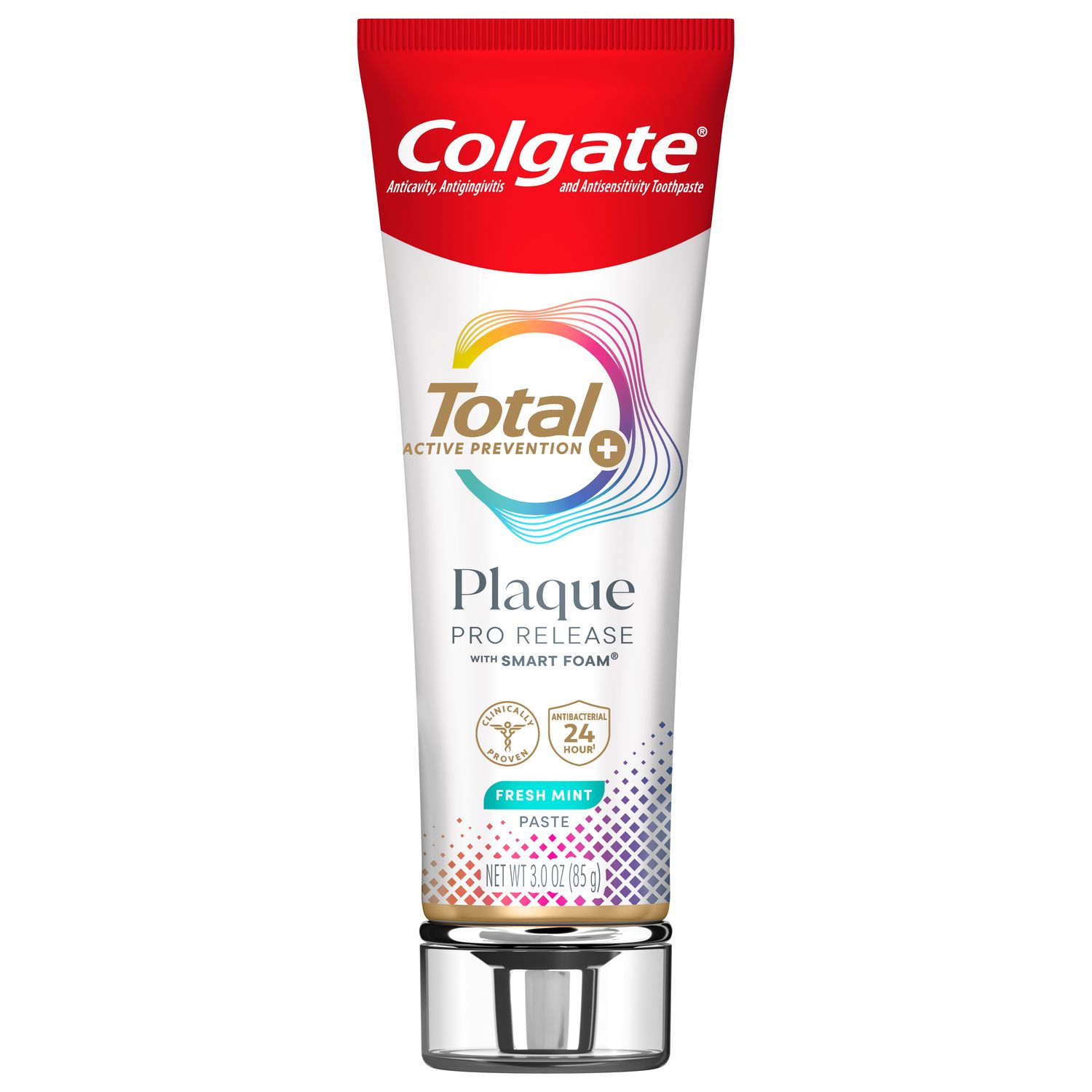
Getting married is one of the happiest and amazing moments of your life. People can spend years planning and saving money for their dream wedding. Once the big day has arrived, it is over in the blink of an eye. After the wedding, if a woman chooses to change her name, she will have to change it legally. Check out these tips to make the name change process as easy as possible, both on a personal and professional level.
The Logistics
A name change after marriage can be confusing and time-consuming from a personal, but also a professional, perspective. On a personal level, making a name change after marriage requires going to the Social Security office, the Department of Motor Vehicles and, finally, changing names legally on passports, credit cards, loans and bills. Request three to four certified marriage certificates. Usually the state and city government offices recommend two, but you can request more just to be safe.
On a professional level, a name change may be a little more difficult due to licensures, office dynamics and patient relationships.
In the Office
At work, a lot of patients may be excited and full of questions about your recent wedding, and they may ask to see pictures. Create a small wedding photo album to hand to patients who are interested while they wait for the dentist. It may help save time during appointments to have the photo album handy.
According to The New York Times, 30 percent of women choose to hyphenate their name or legally change it to their married name only, while continuing to use their birth name professionally. Dental hygienists may decide to change their legal name to reflect their new married last name only. For professional reasons, they may choose to hyphenate so patients and other dental organizations will recognize them. Patients may see your new last name in confirmation texts or appointment reminders, and the ensuing confusion may make them think that you are a new dental hygienist to the practice. Hyphenating your last name may help to reduce the confusion.
Other Considerations
Anna Lynn-Arnold Francis, CRDH, BASDH, a fellow COHA member and dental hygienist in New Port Richey, Florida, said she chose to make her maiden name part of her middle name because it was the name she was born with. Having both her middle name, maiden name, and married name part of her legal name was very important to her. Changing her name with the State of Florida Board of Dentistry was easy for her because she was due to renew her license shortly after changing her name legally. Her patients were aware she was now married, but the name change wasn't noticed by many. She suggests that dental hygienists who plan on changing their name ask their office to make an announcement in the office newsletter or on its Facebook page.
Takeaways
- To find out more on how to change your last name, contact your local Social Security office and DMV.
- Contact your state board of dentistry to find out the process on changing your name on your dental hygiene license.
- Consider hyphenating your last name or continuing to use your birth name professionally to avoid confusion with your patients.
Why It's Important
Leaving your maiden name behind and taking your partner's is a personal choice. As you work through the logistics, keep in mind how your name change may affect your professional life. As long as you alert your patients, office and your state's board of dentistry, you should be all set!
Join us
Get resources, products and helpful information to give your patients a healthier future.
Join us
Get resources, products and helpful information to give your patients a healthier future.













